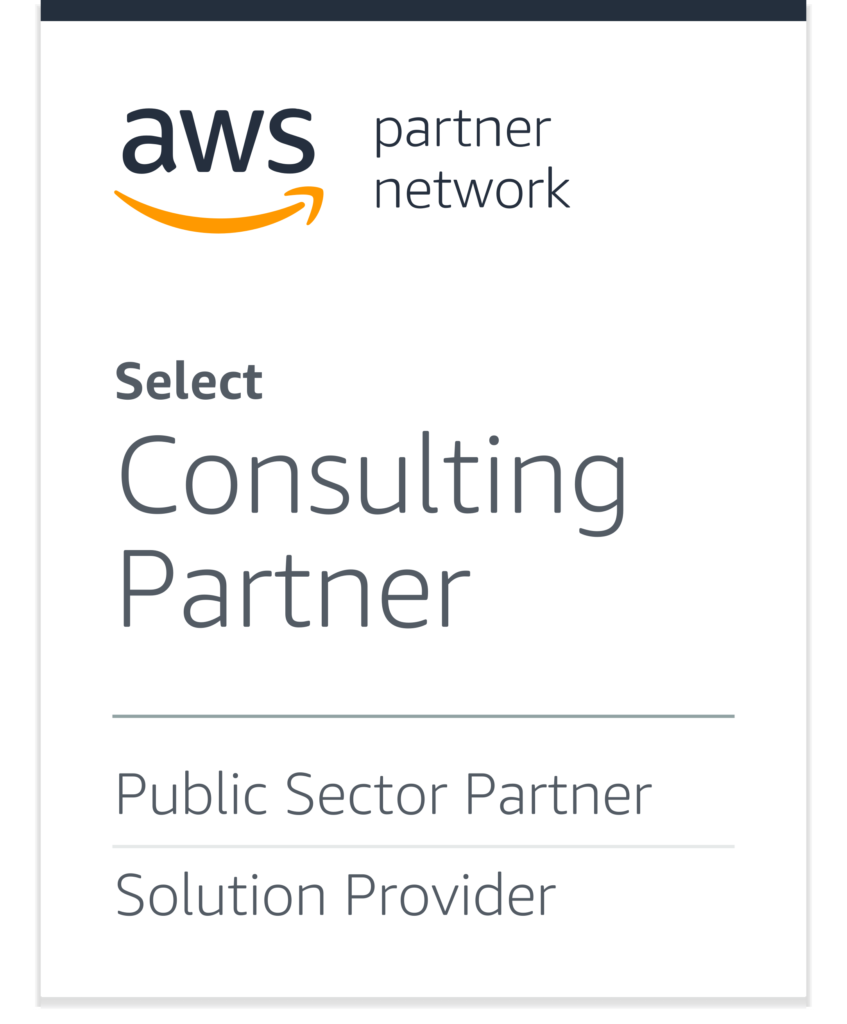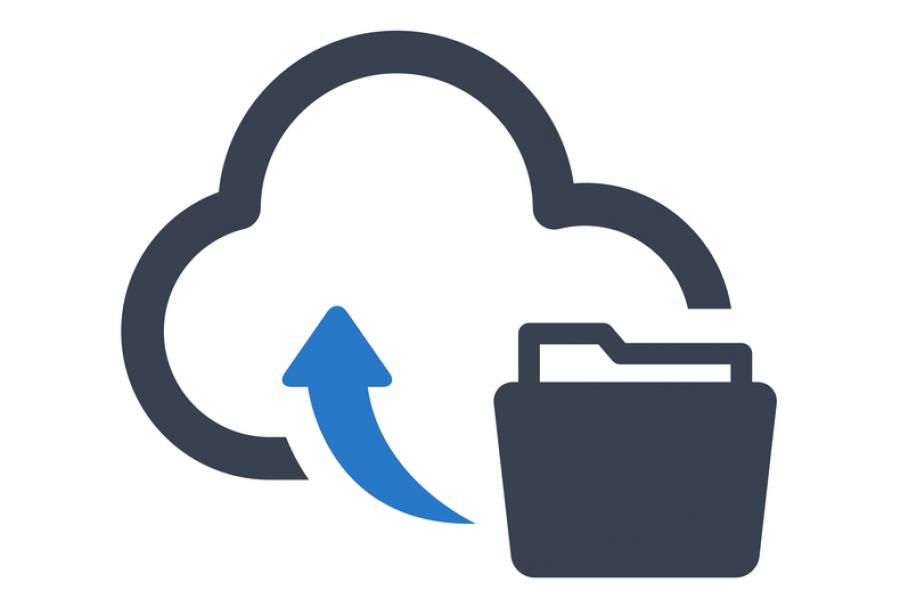Protection des données avec la sauvegarde cloud en tant que service
Are you considering cloud backup as a service? Backing up your data is one of the most considered data protection mechanisms we have when it comes to recovering from an incident or hardware failure.
Backup options were once limited to using tape drives, then evolved to storing data on alternative servers, where recovery was faster. Now, you have even more more options to consider. Let’s explore some of the modern options for backup and recovery and look at whether it’s best to run these yourself or contract a managed backup service provider to do the work on your behalf.
Building your data protection strategy
Data protection and recovery after failure or a data breach remains a top priority for organisations. Directives now flow down from boards and senior executives to ensure the business is resilient to incidents that affect systems and information availability.

Backups are the default strategy for data protection
Backup solutions remain front and centre in this data protection strategy, and are becoming even more useful in counteracting cyber threats, such as the risks posed by phishing and ransomware. Recovering your business to a last known good state is often the best way or default to get rid of malware. It leaves the ransomware threat actor with nowhere to go.
Strategic planning is vital when it comes to data protection. You should consider a wide range of factors to ensure your implementation accounts for on premise systems and information, cloud-based systems, and accounts for where the data should be stored, how quickly you need to recover and how it all ties into your business continuity plans.
When it comes to the backup solution itself, make sure you reference the actual data and account for different kinds of data, and its value. Some data isn’t so important to your business, so while it may be inconvenient to lose it, you won’t suffer too much if it is lost. Other data types may be critical to your operations or be confidential intellectual property that gives your business a competitive advantage, like your pioneering course syllabus or your well-developed algorithms. You really need to protect this data at all costs.
We recommend that you always consider the recovery aspect of your solution when you invest in data protection as it’s important to understand should the worst happen. Make sure to design any backup and recovery solution with your business continuity plan in mind so that you account for your recovery point objectives and recovery time objectives.
The three factors of any security solution must be weighed and understood completely: cost, risk and utility. You need to ensure you get the balance right.
Choices are important for backup and recovery

Many backup solutions that you encounter can seem overwhelming, in terms of their functions and capabilities. In reality, most solutions will meet the basic needs as outlined above and will also have their own approaches for management and administration, hardware (for on premise) and software costs, and models for purchasing. They could be contracted as a service or require a capital investment, with up front time for deployment.
One of the most convenient introductions into the spectrum of available backup solutions is the option for organisations to take on a backup service from a cloud provider. Cloud-based solutions can make enterprise-grade solutions available to much smaller businesses, since the scaling of the solution works well in the cloud delivery model. It works for large and small organisations alike. Even if your own IT department normally manages your infrastructure, it is a self-contained set of activities that can easily integrate with your service management processes.
Self-managed backup to cloud storage
Sometimes referred to as a hybrid delivery model, this option involves setting up backup and recovery solutions as self-managed solutions. This is where you store the backups in the cloud, using your on premise hardware and software to push data out to the cloud. The advantage of doing this is that longer-term storage of large volumes of data is cheaper than having locally attached storage areas or network attached storage.
The kinds of considerations for self-managed backup to cloud relate to things like how quickly you can recovery the data from the cloud. Since you are still managing the on premise technology yourself, then the overhead of managing the equipment should also be added to the total cost of ownership. Further cost issues can occur with this solution, particularly if you have a rapidly burgeoning data set within the business. Costs can quickly get out of control if you are not closely monitoring what’s being included in the backup.
Cloud backup as a service
Backup as a service is a newer model provided by expert companies who specialise in running cost effective solutions for their clients in the cloud. Backup as a service providers benefit from experience in automating many of the processes for deployment and recovery. They are also focused on streamlining costs, often with preferred billing schemes with the cloud providers, where they gain advantages from scale that most smaller businesses cannot access.
Expert MSP services from Catalyst

A certified AWS Partner, Catalyst provides cloud backup as a service to clients, supported by an agile implementation architecture. It drives down total cost of ownership but keeps our clients’ data safe and easily recoverable in the event of an incident. Our processes can protect your organisation from some of the most feared cyber threats, such as risks relating to ransomware. With a low capital investment required, the cost of our backup as a service is transferred to operational expenditure, making it much easier to budget for, track over time and forecast.



